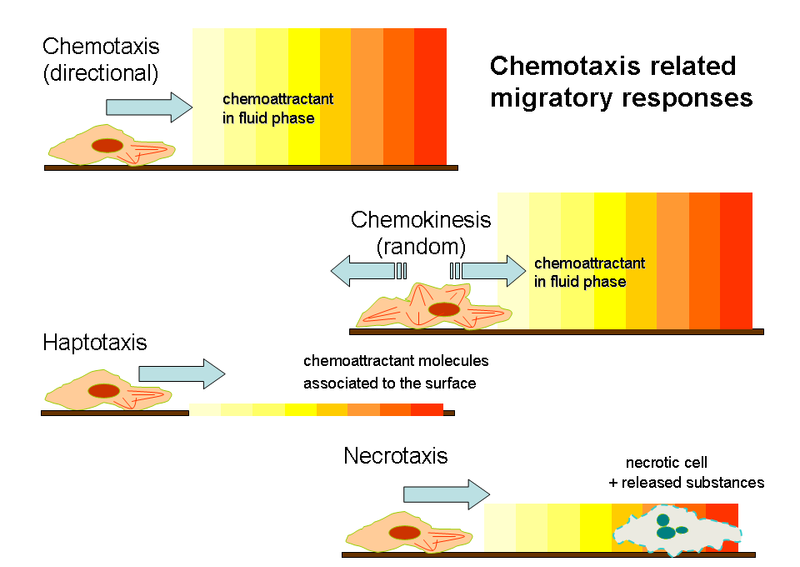SPIROCHETES: It means coiled hairs in Greek. They are thin tightly coiled helically shaped , Gram-negative bacteria that share certain unique features- most notable axial filaments. As the axial filaments rotate, a spirochete corkscrews through its environment.

ORNITHOSIS: It is a disease caused by Chlamydophilia psittaci. This is a disease of birds that can be transmitted to humans, in whom it causes flulike symptoms. In some cases it can result in pneumonia, endocarditis, hepatitis, arthritis, conjunctivitis, and encephalitis.
Figure 2, bird with ornithosis
YAWS: It is a type of nonveneral Treponemal disease caused by T. pallidum endemicum. It is a disease predominant in tropical South America, central Africa, South East Asia characterized initially by granular skin lesions that are painless. The disease is spread through contact with spirochetes in fluid draining from the lesions.
PINTA: This is a disease caused by T. carateum and it is a skin disease seen in children in central and South America. The spirochetes are spread among children by skin-to-skin contact. After three weeks, papules form at the site of infection which might result in scarring and disfigurement.
Figure 4, pita disease in children and adults
REFERENCES:
Bauman RW. Microbiology with disease by Taxonomy. 3rd ed. San Francisco (CA): Pearson; 2011.
Figure 2: http://www.tubiszoli.eoldal.hu/fenykepek/galambok/betegsegekkepekben/ornithosis.htmlFigure 3: http://see.visualdx.com/diagnosis/yaws
Figure 4: http://brianaltonenmph.com/gis/population-health-surveillance/production-examples/pinta-yaws-and-bejel-icds-103-102-and-104/

